All products featured are independently chosen by us. However, SoundGuys may receive a commission on orders placed through its retail links. See our ethics statement.
What to look for in a microphone
April 25, 2025
Whether you’re shooting a short film or starting a new podcast, audio quality is very important to production value. While many creators make a lot of great content with just a smartphone, you may want to take your project to the next level. The problem is that figuring out which microphone is best for you can be daunting.
Much of the technical jargon surrounding audio isn’t important, but it can be hard to separate the fluff from the good stuff. No matter what your project, starting a YouTube channel, upgrading your podcast rig, or tracking a singer, there are a few things you should know about microphones before you go shopping.
Editor’s note: This article was updated on April 25, 2025, to update the formatting and change some terms into more updated terminology.
How do you plan to use your microphone?
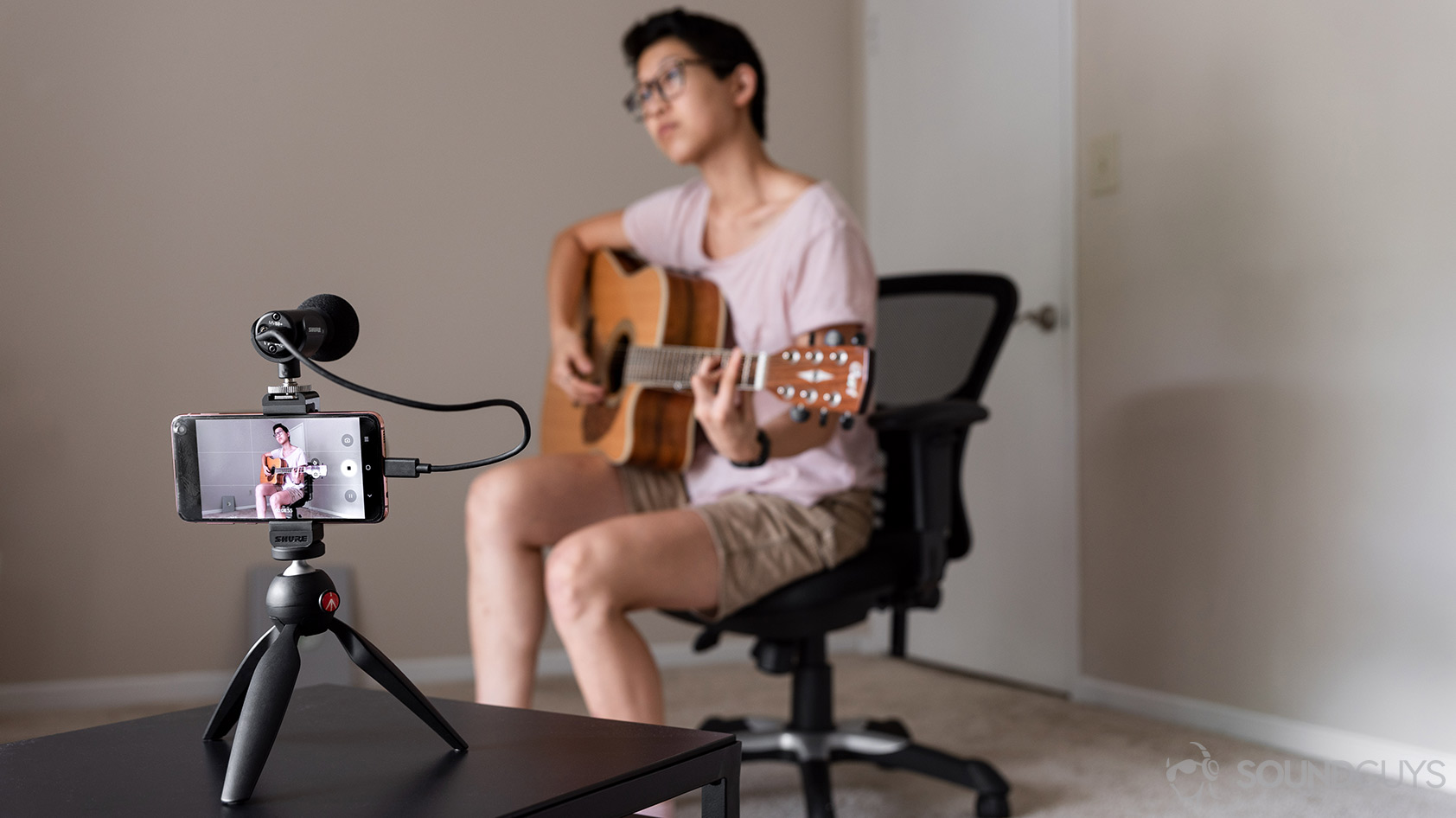
Arguably, the most important step in picking a mic is figuring out exactly what you’re going to record. You can get the most expensive microphone and still not get crisp, clear audio if you’re in the wrong environment. It’s likely that if you’re reading this, you mainly only care about recording vocals or instruments. Knowing which is most important to you will help you decide which type of microphone to get.
What are the different kinds of microphones?
Once you know what you’re trying to record, it’s time to determine what kind of tool you need for the job. Not all microphones are built equally; some perform better than others in certain contexts. There are two main kinds of microphones: dynamic and condenser. (There are others which we’ll get to.)
What is a dynamic microphone?
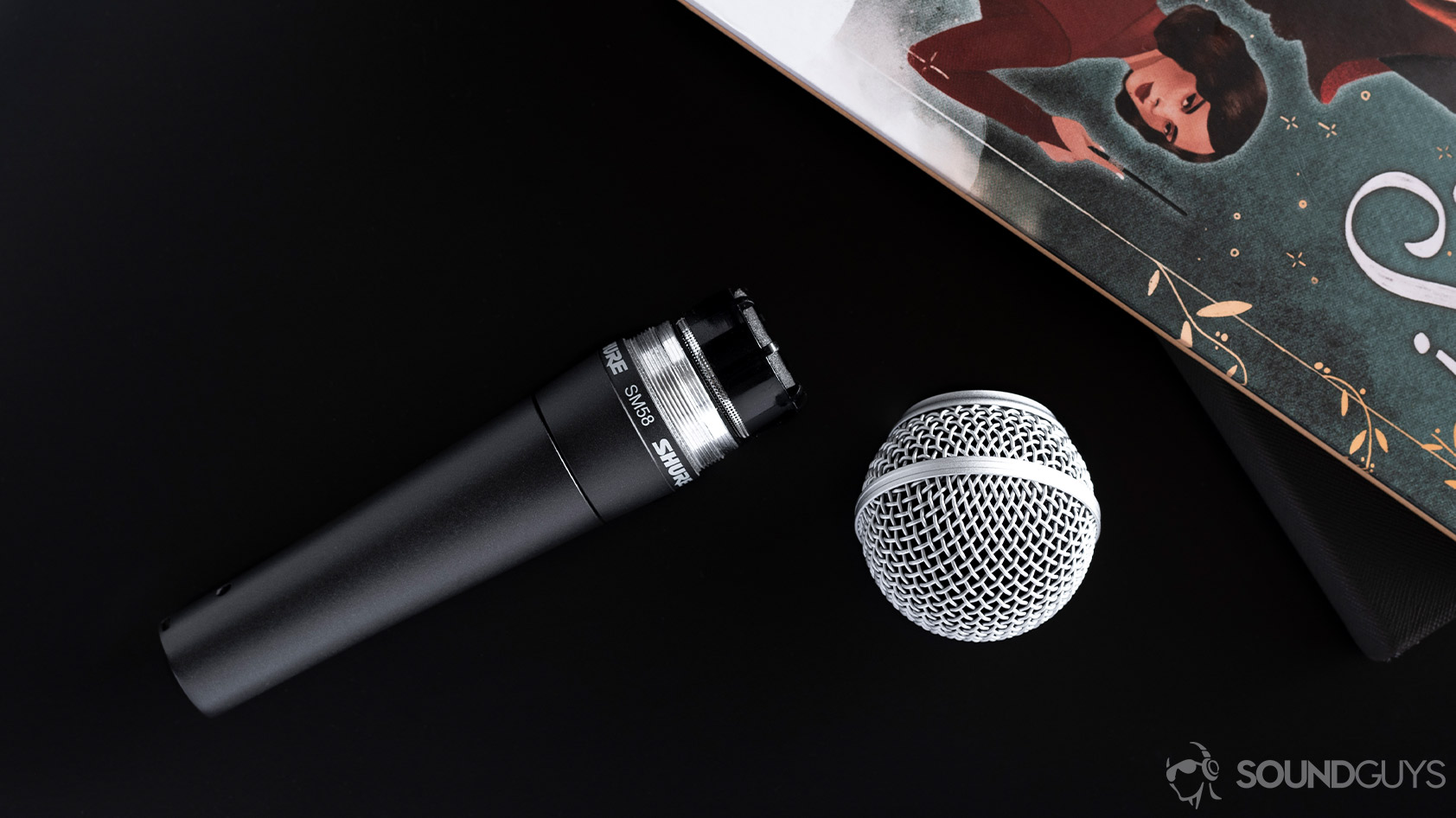
If you picture the mic that a singer or even your favorite comedian uses on stage, it’s most likely a dynamic microphone. These microphones work great in noisy environments. You can use these to record a performer on stage, if you’re interviewing someone on the street, or even a guitar or drum kick. The way dynamic mics function is relatively simple: Inside a magnetic field is a small coil of wire, which is attached to a diaphragm that’s sensitive to sound vibrations. As soundwaves move the diaphragm, the coil converts the movement into an electrical signal that can be recorded.
Dynamic mics are great for most recording environments because the magnets and coil inside are fairly durable and can take a beating without getting destroyed. Most people recommend the Shure SM58 ($99 at Amazon) as it’s a pretty tough and versatile microphone that works well whether you’re on location or recording at your desk.
If you like the idea of a dynamic mic and want something a little higher up on the spectrum, the Telefunken M80 Dynamic microphone ($249 at Amazon) is another great pick and it’s the microphone of choice for our Editor at large, Chris Thomas.
What’s a condenser microphone?
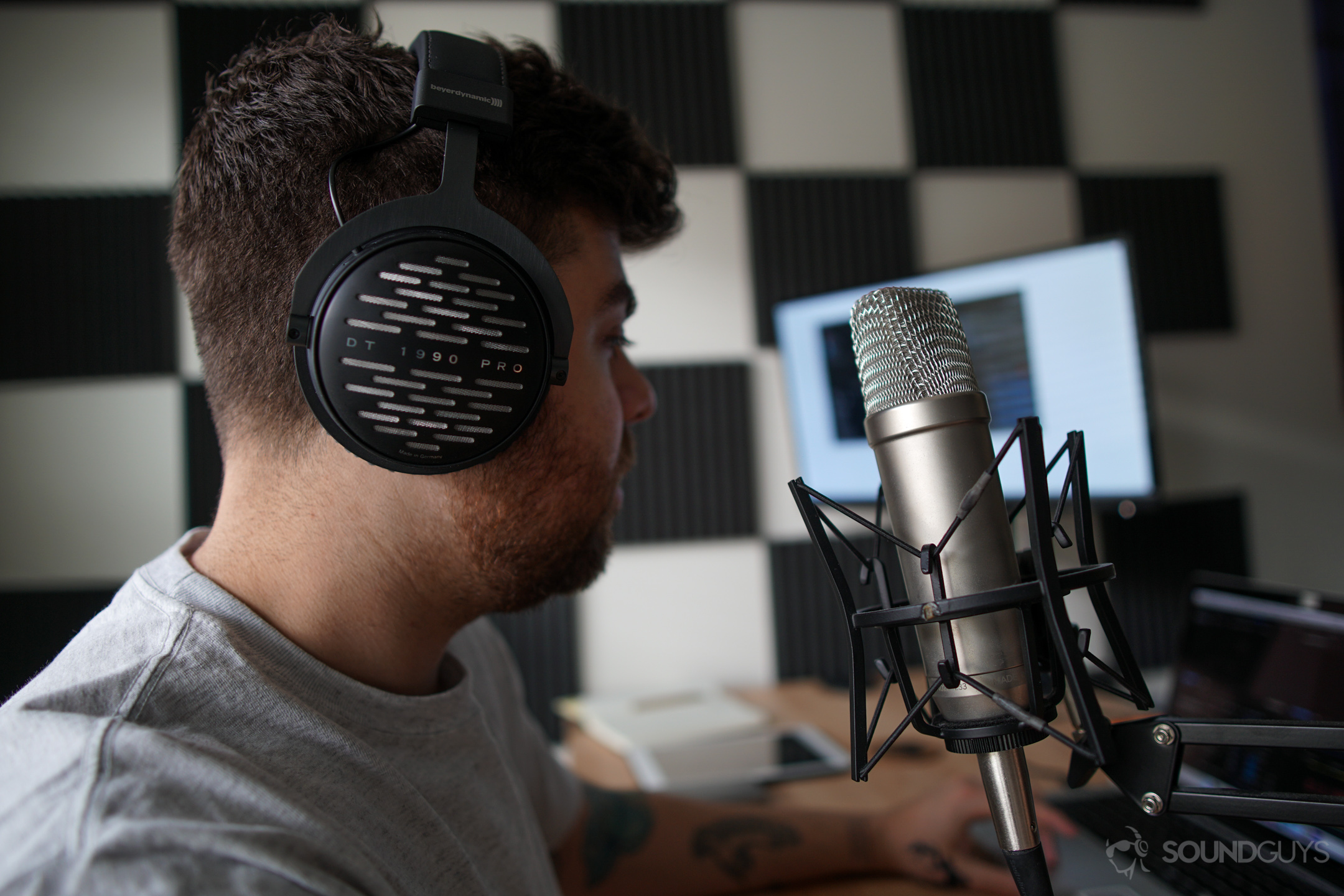
The other type of popular microphone type is a condenser mic, which works differently by using capacitor plates instead of a coil and magnets. It’s easy to go further down the technical rabbit hole, but the practical thing you need to know is that condenser mics can be much more sensitive to smaller vibrations than dynamic mics. While dynamic mics are fine with bass drums, condensers are not. You’ll want to use these if you’re trying to pick up the subtleties in a voice (e.g., when recording a podcast or a singer in a booth).
If you’re looking for a solid all-around mic to use at home for vocals or string instruments, my personal mic of choice is the Rode NT1-A ($199 at Amazon) condenser mic which does a fairly good job with almost everything.
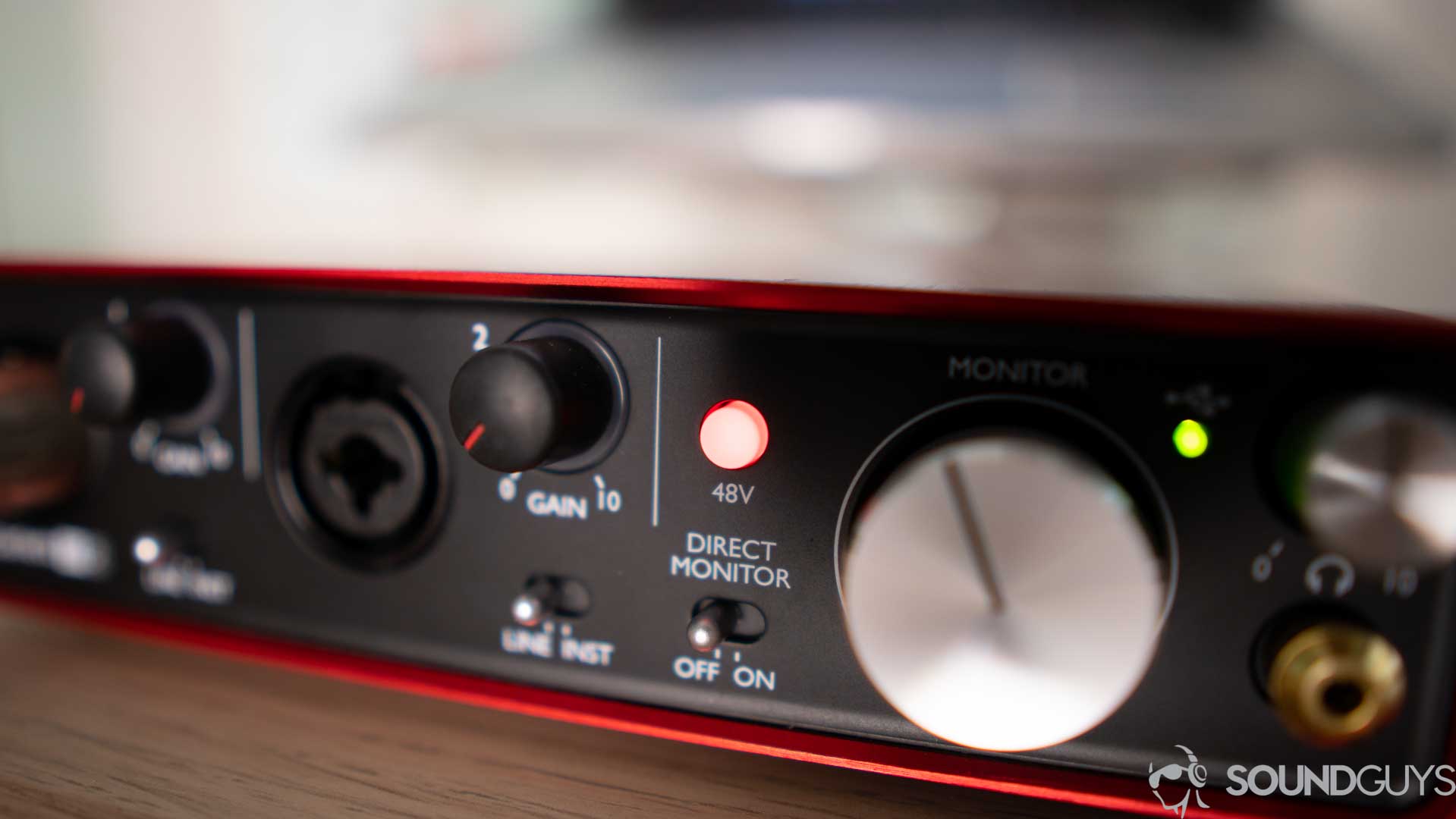
Condenser mics require an external voltage source to function, known as phantom power, and a preamp. So you’ll need something that can provide this to your mic, like an audio interface, or mic pre-amp. All it means is that whatever you plug the microphone into has the ability to send a DC voltage of +48V through the balanced cable to the mic. Usually, this is found in audio interfaces or some portable recorders like the Zoom H5.
What is a ribbon microphone?
Ribbon mics are much less common and work on a slightly different principle. Essentially, a conductive ribbon rests between two electromagnetic poles, which respond to your sound source. These mics are technically a sub-type of the dynamic mic category. Think of early crooners in the studio who probably have a ribbon mic in front.
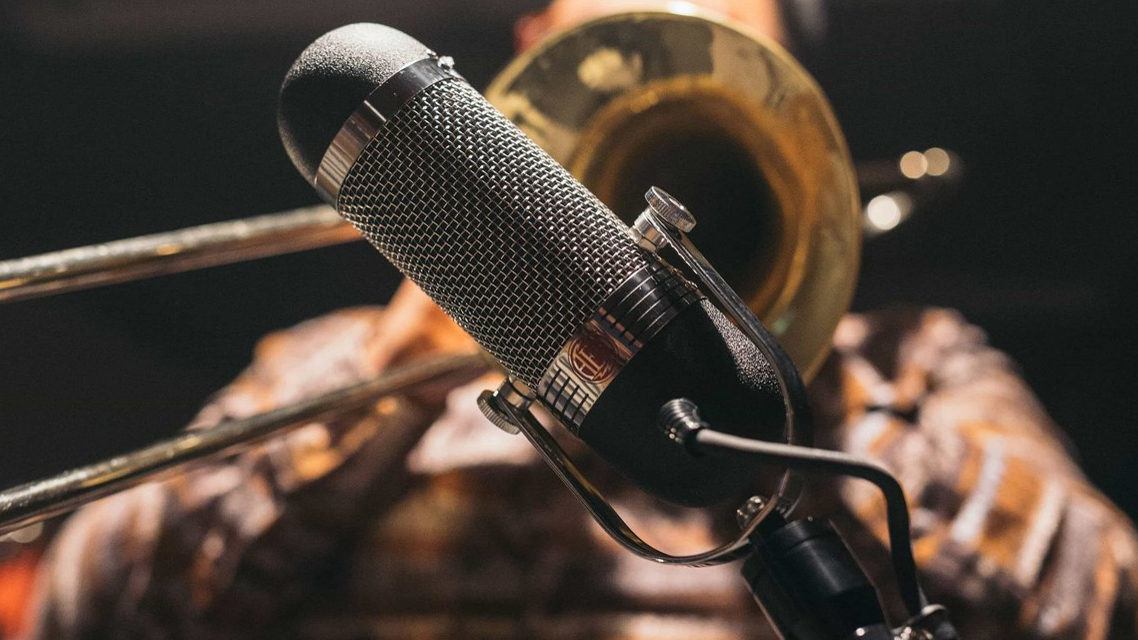
Newer ribbon mics have sturdier builds than old ones, often using stronger nanomaterials. Generally, you should still avoid placing a ribbon mic in front of a guitar amp, unless approved by the manufacturer, like the Pinnacle FAT Top ($233.75 at B&H), whose mics are designed with amps in mind. This is because of the mechanically delicate ribbon structure. Usually, these mics have a bidirectional polar pattern, which works well for recording two sources simultaneously on either face of the mic, like two people speaking.
Ribbon mics make great vocal microphones too, and were used extensively in the early days of broadcasting. If you want a different tone, try a ribbon microphone. These mics used to be prohibitively expensive, but companies like Golden Age Electronics and Studio Electronics make more accessibly priced options like Studio Electronics X1R ($229 at Amazon).
Should you get a USB or XLR microphone?
USB microphones are not only convenient and easy to use but are also typically cheaper than XLR microphones. USB mics are great for making podcasts or voiceovers.
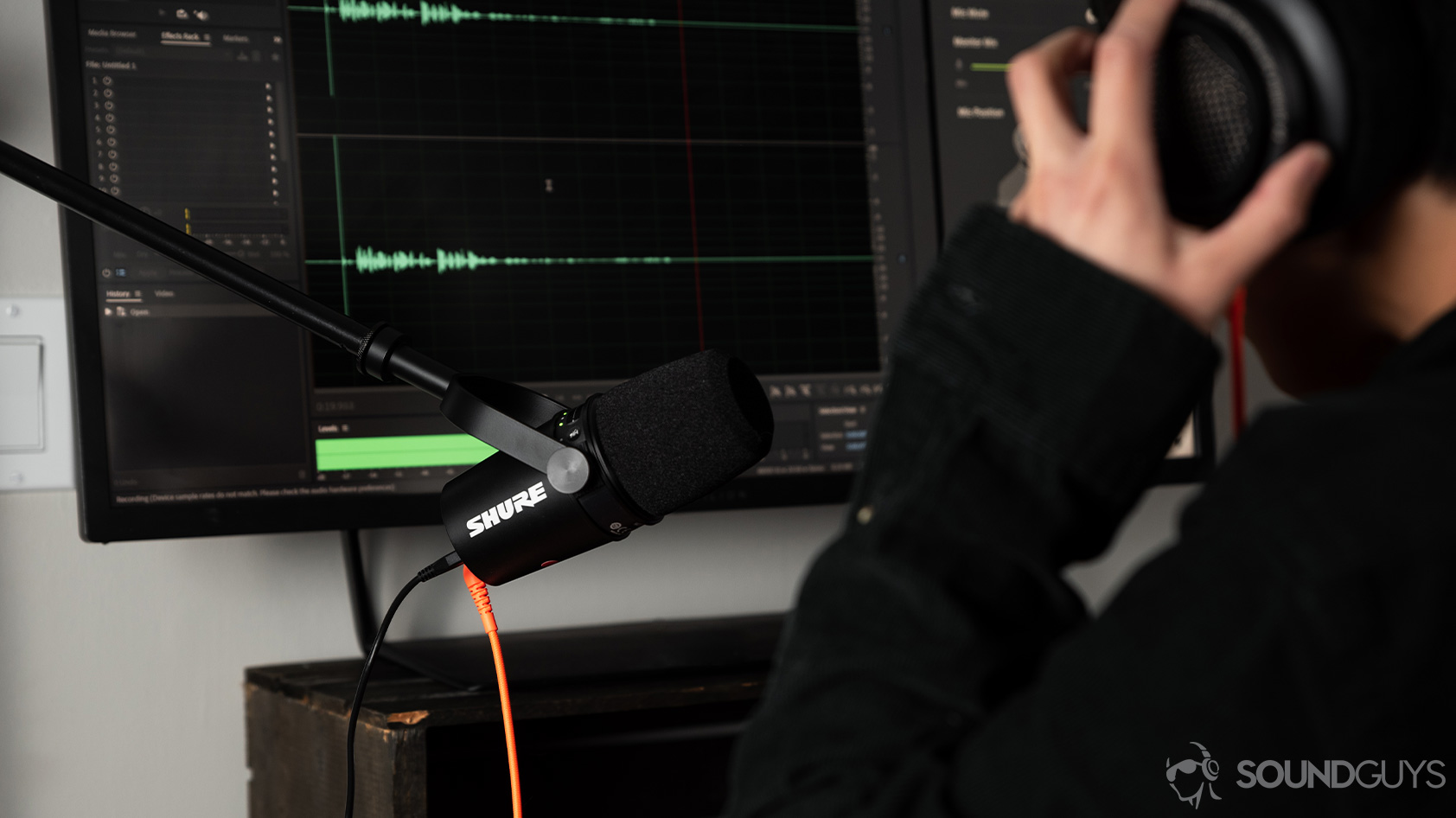
However, if you intend to record vocal or instrumental music, or want a higher quality sound for your podcast, go with an XLR mic. XLR mics can be pricey and require the purchase of an audio interface, but they typically produce audio of higher quality than USB microphones.
This is because, as well as the microphone capsule itself, USB microphones have a built-in analog-to-digital converter (ADC), which won’t necessarily be set up optimally for the sound level you’re putting into it, plus the whole package is generally built to meet a more accessible price point. XLR microphones, on the other hand, don’t include the ADC and will have an analog output stage that is typically balanced on pins 2 and 3 of the XLR connector to reject noise induced in the cable connecting it to the recording equipment.
What are microphone polar patterns?
Once you’ve figured out what you want to use the microphone for and in the environment you’ll use it in, the next step is to determine what you want your microphone to record. Do you want your microphone to record only what is perfectly in front of it, or if you want to pick up sound all around you?
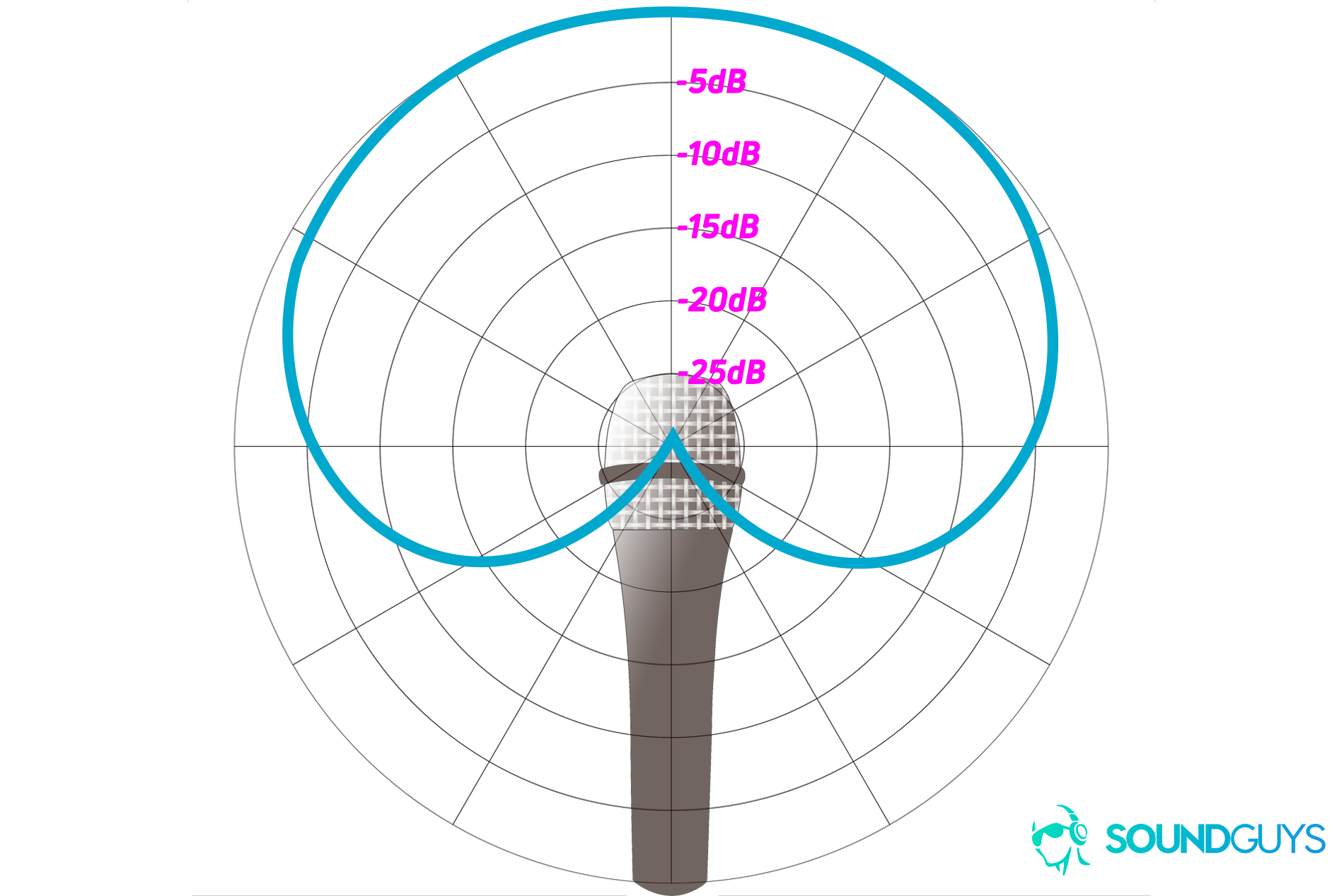
These directivity charts are called polar patterns, aka recording patterns, and they’re easier to read than they look. The names for the different kinds of patterns can be intimidating, but they don’t get any more complicated. They’re all just different names for “Where do you want the microphone to record?”
One very common polar pattern is the cardioid. This one is super easy to understand as the root word the pattern gets its name from means “heart-shaped” in Latin, so these microphones pick up sound within a heart-shaped periphery. Another fairly common polar pattern is omnidirectional, which, as you may have guessed by the name, picks up sound in all directions. There are a few others, such as super-cardioid and bidirectional, but I’m willing to bet you can guess what those look like.
What is a good microphone frequency response?
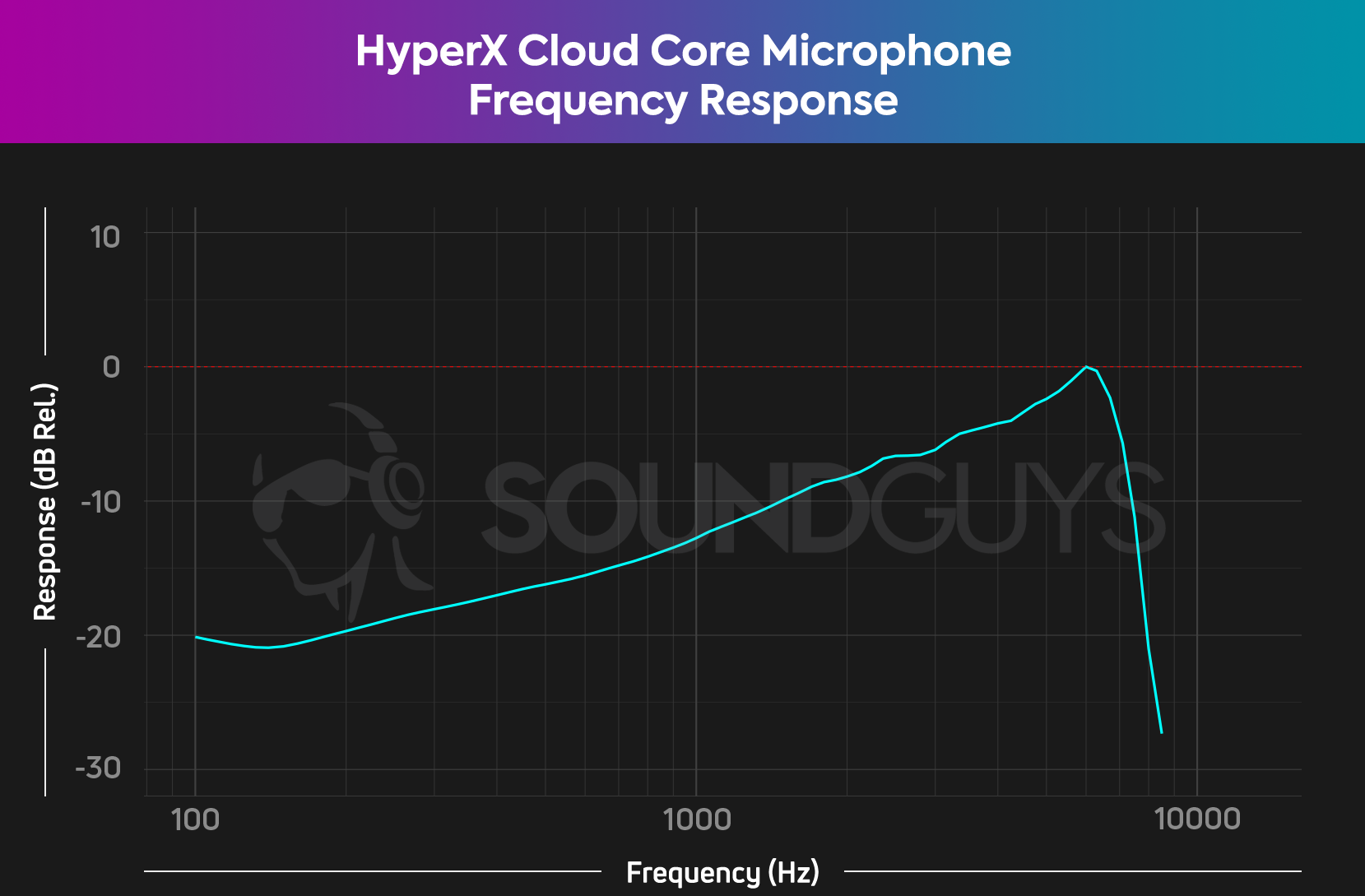
Frequency response refers to how well the microphone can reproduce the signals it picks up. In a perfect world, it’d be a one-to-one reproduction. The microphone will “hear” a sound and perfectly convert it into an electronic signal that’s perfectly transferred into the recorder. In reality, some vibrations get lost along the way, and some of the information never makes it to the final recording.
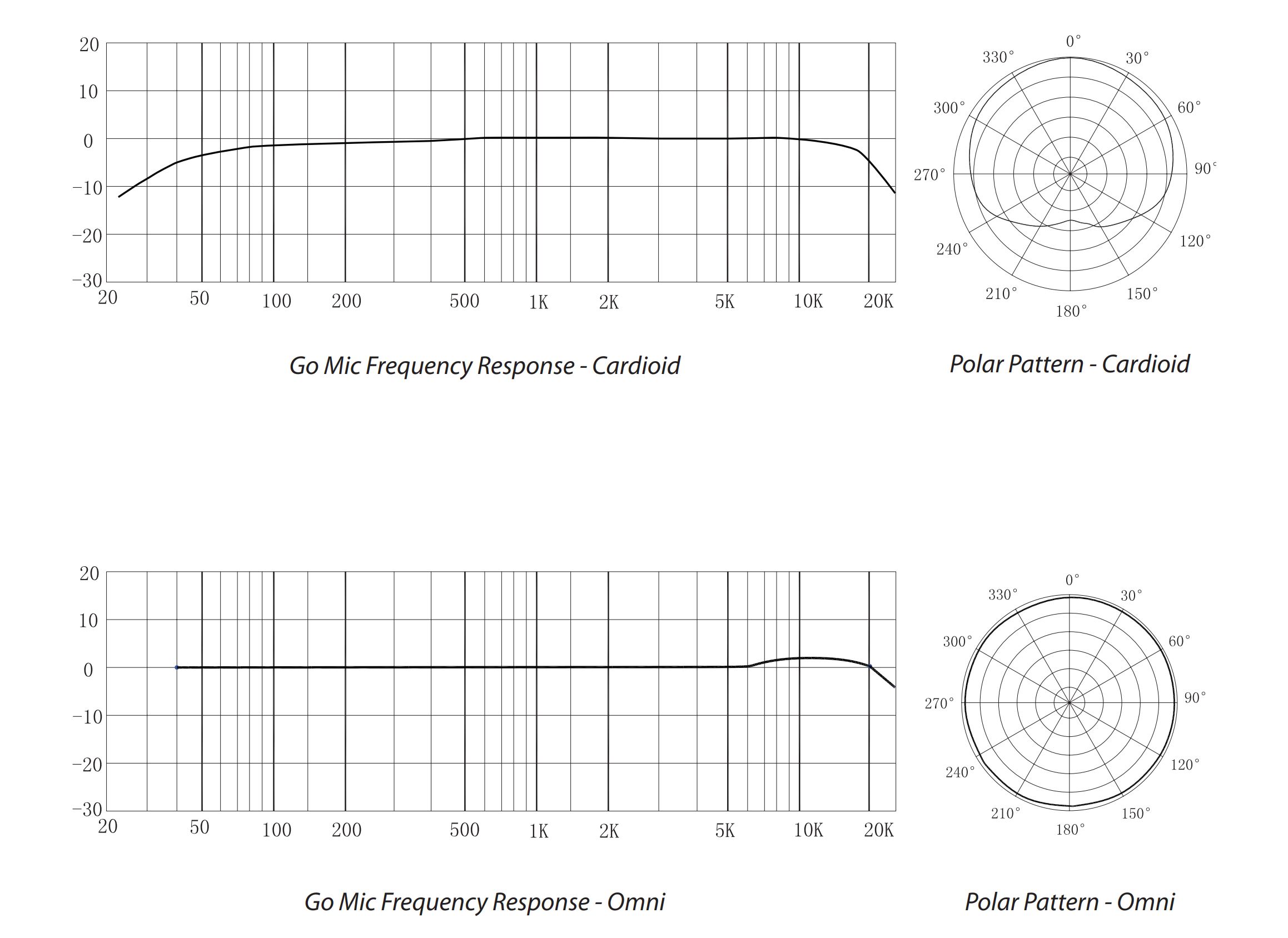
How well a microphone can reproduce the acoustic signal can be visualized as a frequency response graph. In simple terms, if a certain tone comes out of the mic slightly weaker than it went in, this is visualized as a slight dip in the graph. If it comes out stronger than it went in, it is visualized as a slight hump.
There are all kinds of information in frequency response charts, especially once you know which products you like or dislike and can see their charts to compare with other products. With a deeper understanding of how this affects your sound and your music, you’ll develop skills for choosing which mics best suit a sound source and how to edit it later.
What is microphone sensitivity?
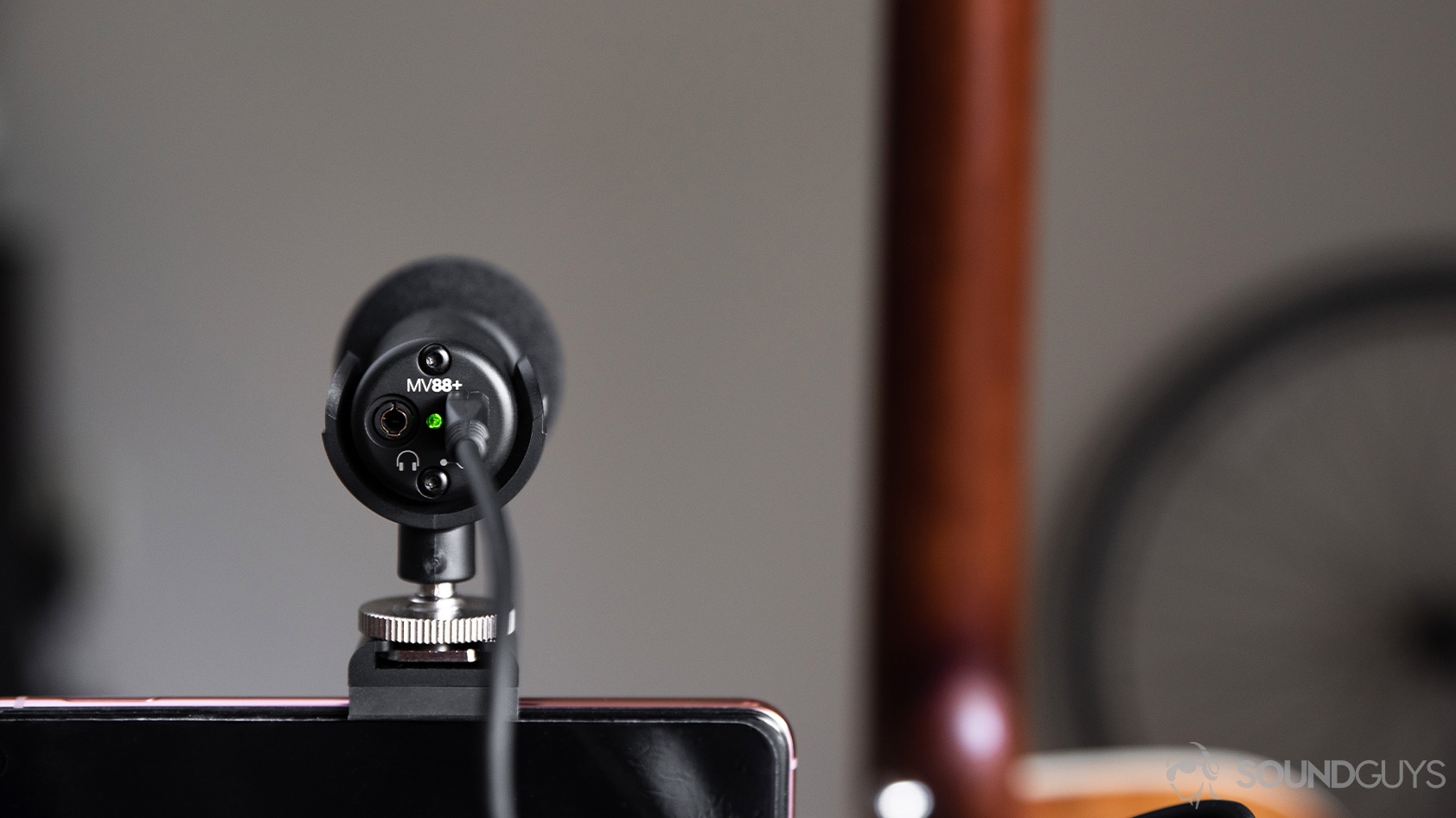
You will also see the term sensitivity when looking at tech specs. This tells you what the electrical output of a microphone will be (usually in millivolts or dBV) for a given acoustic input, in Pa for Pascals, or dB(SPL), usually measured at 1kHz. The higher the number, the more sensitive the microphone is. For example, the Rode NT1-A condenser microphone has a rating of 25mV/Pa, whereas the dynamic, Telefunken M80 has a rating of 1.4mV/Pa, so the NT1-A is clearly more sensitive. This means you don’t need as much gain (amplification) from the preamp (or as much loudness from the source creating the sound) to get the more sensitive microphone to an adequate recording level.
Sensitivity provides information on how much amplification is needed so a mic can capture quiet sounds. Max SPL refers to the maximum sound pressure level (at a given frequency, usually 1kHz) the microphone can handle before it begins to distort the audio. Rarely will that SPL figure lead to a microphone breaking, though it’s possible.
To complicate it further, because max SPL figures listed are usually measured at the 1 kHz frequency, a mic can distort at higher or lower SPL depending on the design of the mic at a different frequency than 1 kHz. For instance, ribbon mics tend to distort at lower SPL readings than the max SPL specification with sources (bass drums, bass guitar) that produce lower frequencies than 1 kHz.
How can you improve recording quality?
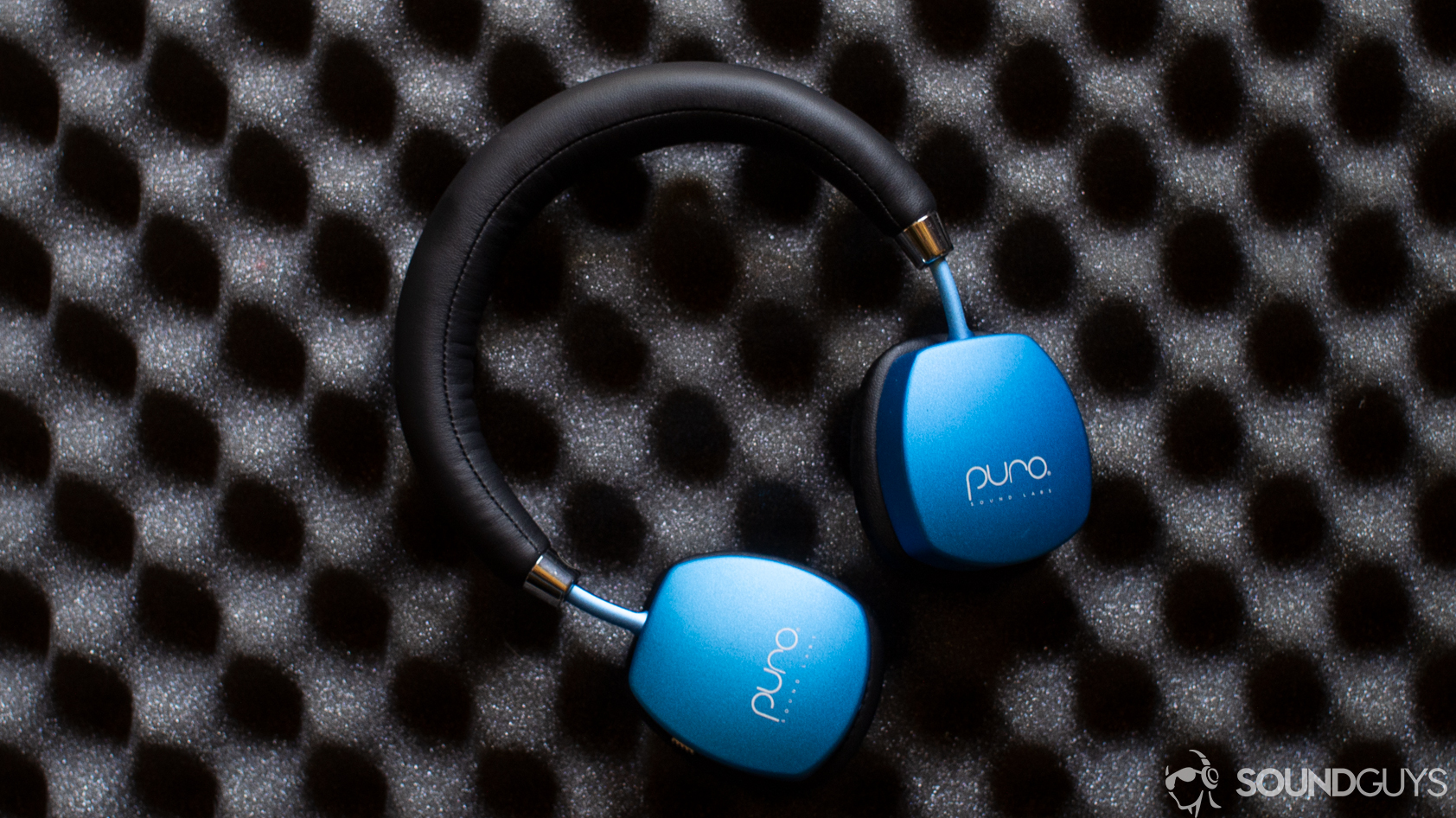
Knowing the ins and outs of a microphone is important if you’re serious about your craft, but knowing what everything means isn’t going to turn you into an audio engineer overnight. You need to mess up a few times before knowing exactly how each factor will affect your final product.
Does acoustic room treatment improve recording quality?
Proper acoustic treatment is the most important and underrated tip no one talks about. It’s arguably more important than what mic you pick up. Recording in a properly treated room will take your audio from good to great. However, the cost of good acoustic treatment adds up quickly. Singers on a budget can try placing a sound isolating shield around the mic stand. This isn’t as good as a fully treated vocal booth, but it’s better than nothing.
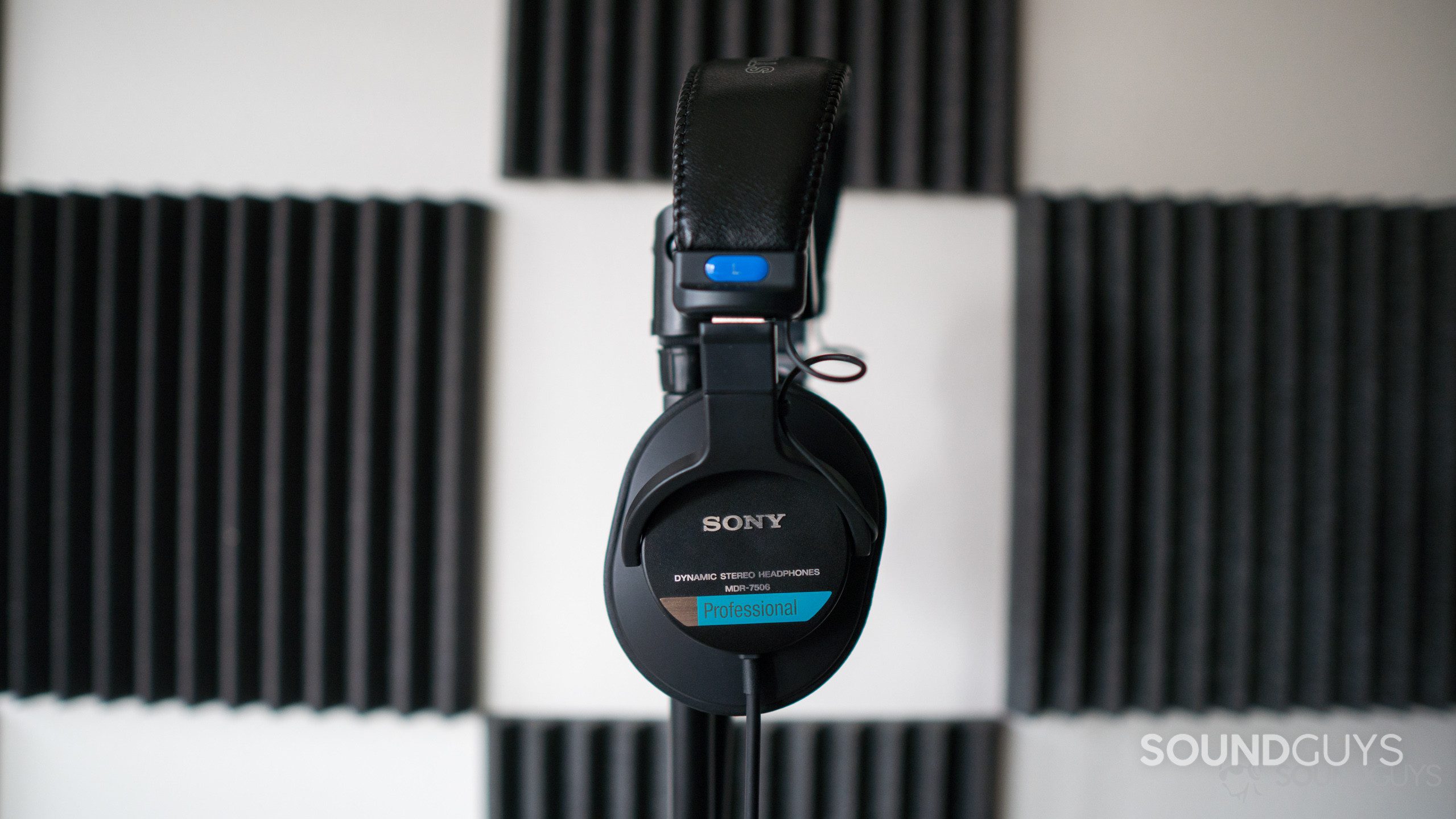
To keep some money in your pockets, one tried and true method, believe it or not, is a simple blanket fort, although it won’t help to clean up bass frequencies. If you’re recording your voice, you’ll be surprised how much throwing a blanket over yourself and your mic can clean up your sound quality. My favorite is to flip up my mattress to help absorb even more of the reverberation caused by ricocheting sound. In the worst case, you can try to fix what you have in post with software.
What are the benefits of a pop filter and shock mount?
Pop filters are a great tool for improving your audio. These diffuse the pressure of the air coming from certain vocal sounds, for example, plosives (p sounds), fricatives (th sounds), and sibilants (s sounds). This helps capture a cleaner recording without annoying “popping” sounds or ear-piercing exaggerations. Typically, condenser microphones do not have built-in pop filters, so you’ll need to get one. Many (not all) dynamic mics like the Shure SM58 do have a built-in pop filter, but, you may still want to use a separate one or a foam cover that slips over the grille, depending on the application.
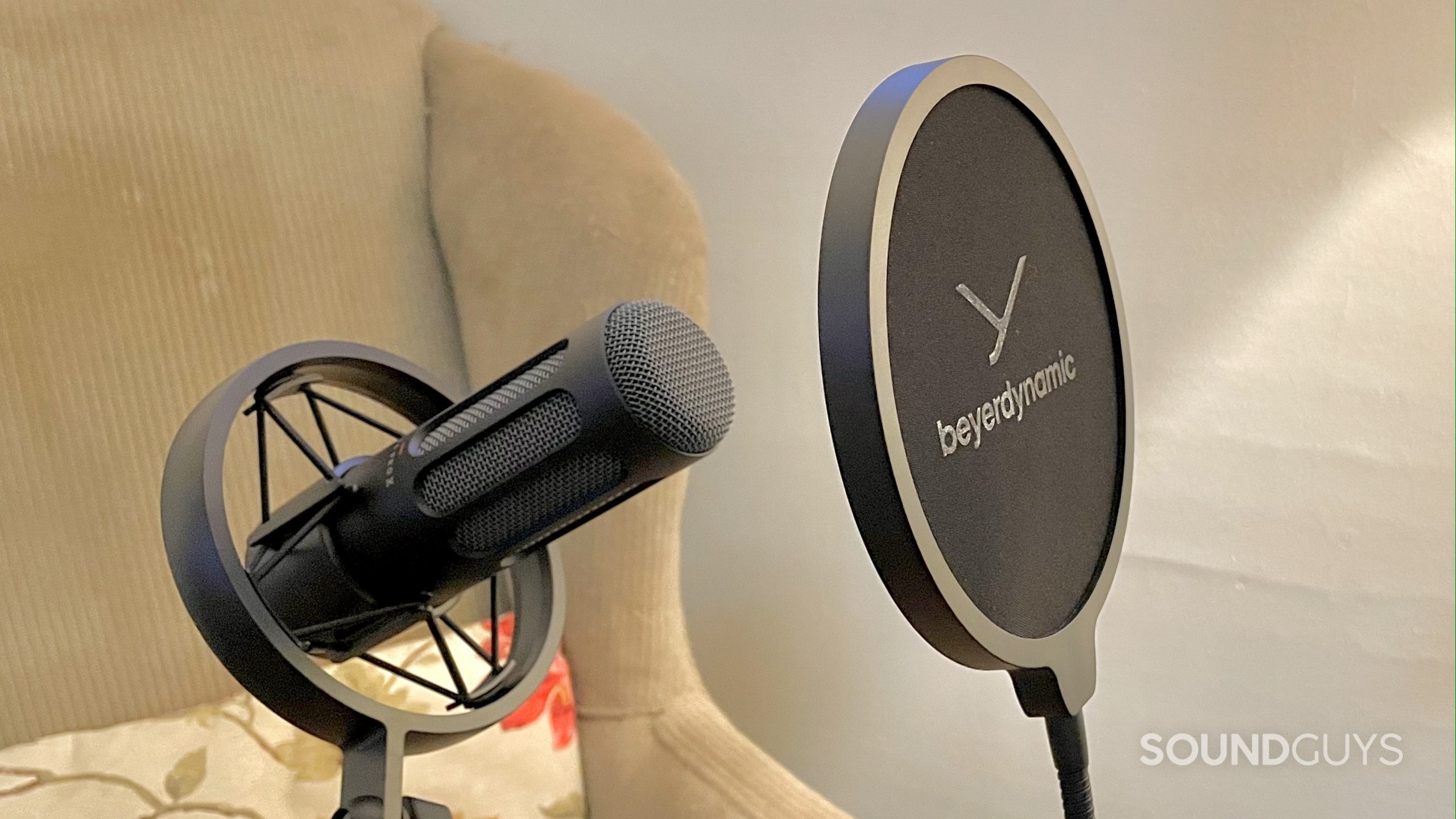
Most condenser microphones include a shock mount, which can help reduce vibrations transferred by handling or through the floor. Handheld dynamic mics generally don’t need a separate shock mount, as there’s one built in. Studio style mics, regardless of type, whether dynamic, condenser, or ribbon, should be used with a shock mount for the best possible recording.
If you’re using a lavalier (lav) mic, don’t knock it around
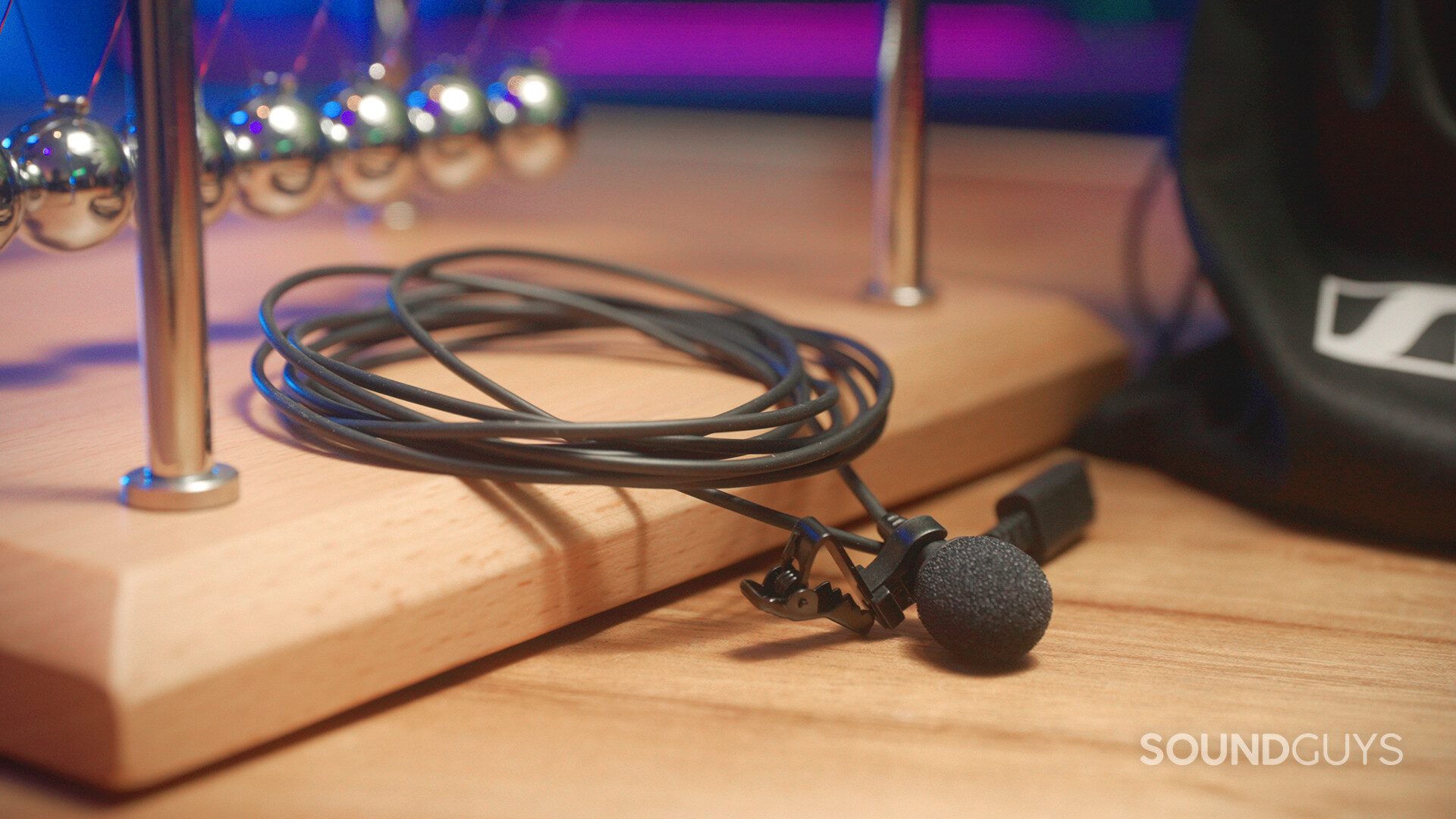
Ever wonder why lavalier mics are always positioned right under the chin in the chest area? There’s another reason, besides being close to the mouth of the person speaking: Lavalier mics have to be small and innocuous, which doesn’t allow for much protection, so careful placement is one way of avoiding ear-popping thumps.
Aim shotgun mics down at the chest
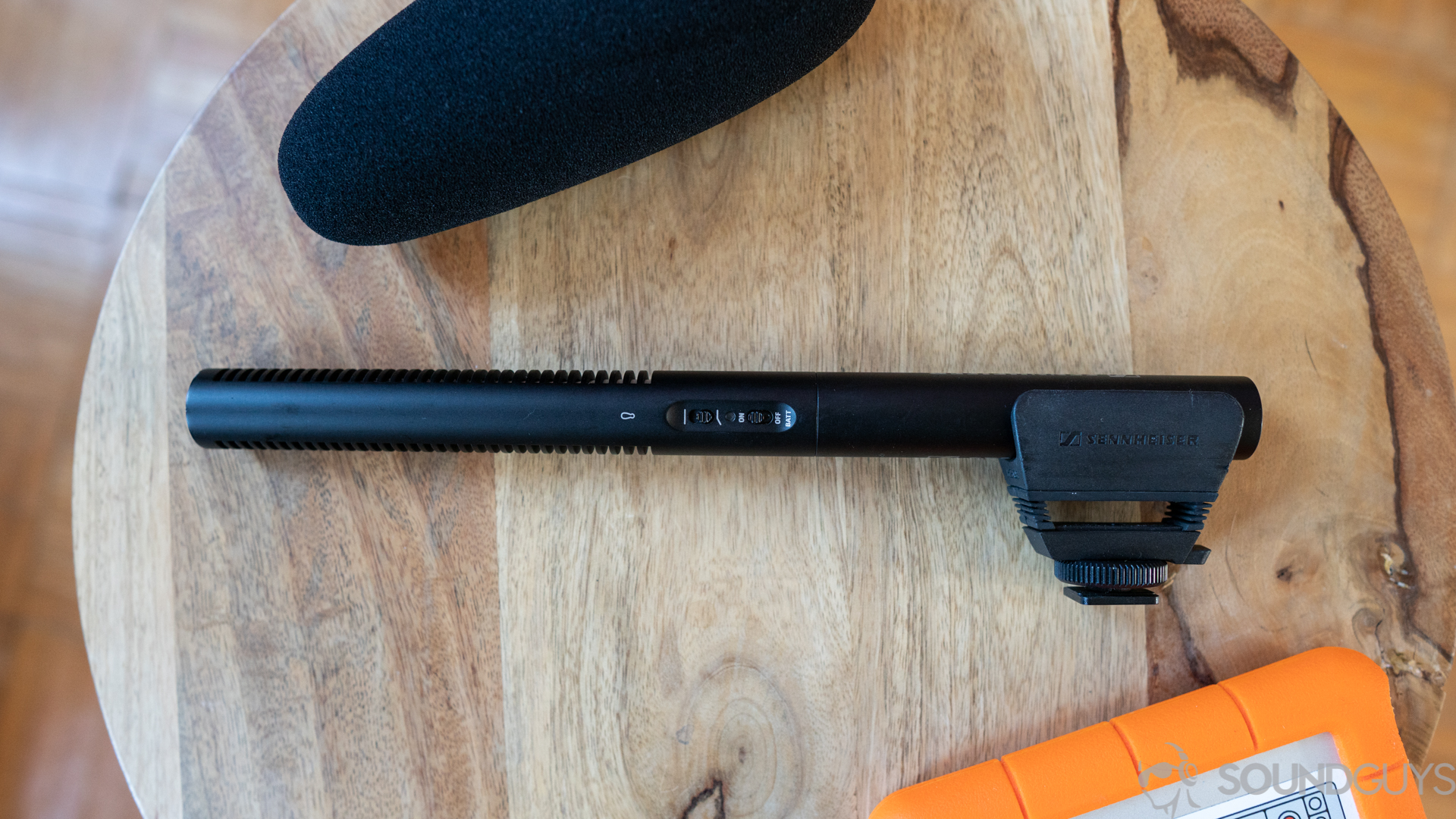
A shotgun microphone is a great choice when you plan to record people on camera. You’ll usually see the person holding a shotgun mic over the heads of the actors, pointing down in a behind-the-scenes video shoot. Shotgun mics are a type of condenser microphone, so they’re usually fairly sensitive to loud noises.
If you point the microphone upwards into the person’s mouth instead of their chest, you’ll pick up everything behind the person too. Outside noise can really hamper recording quality, so you’ll want to learn more about positioning your mic and recording techniques. It’s a bit easier to edit out extra room tone when you record something inside, but you’re still adding another step.
Look into getting a Cloudlifter if you have a quiet dynamic mic
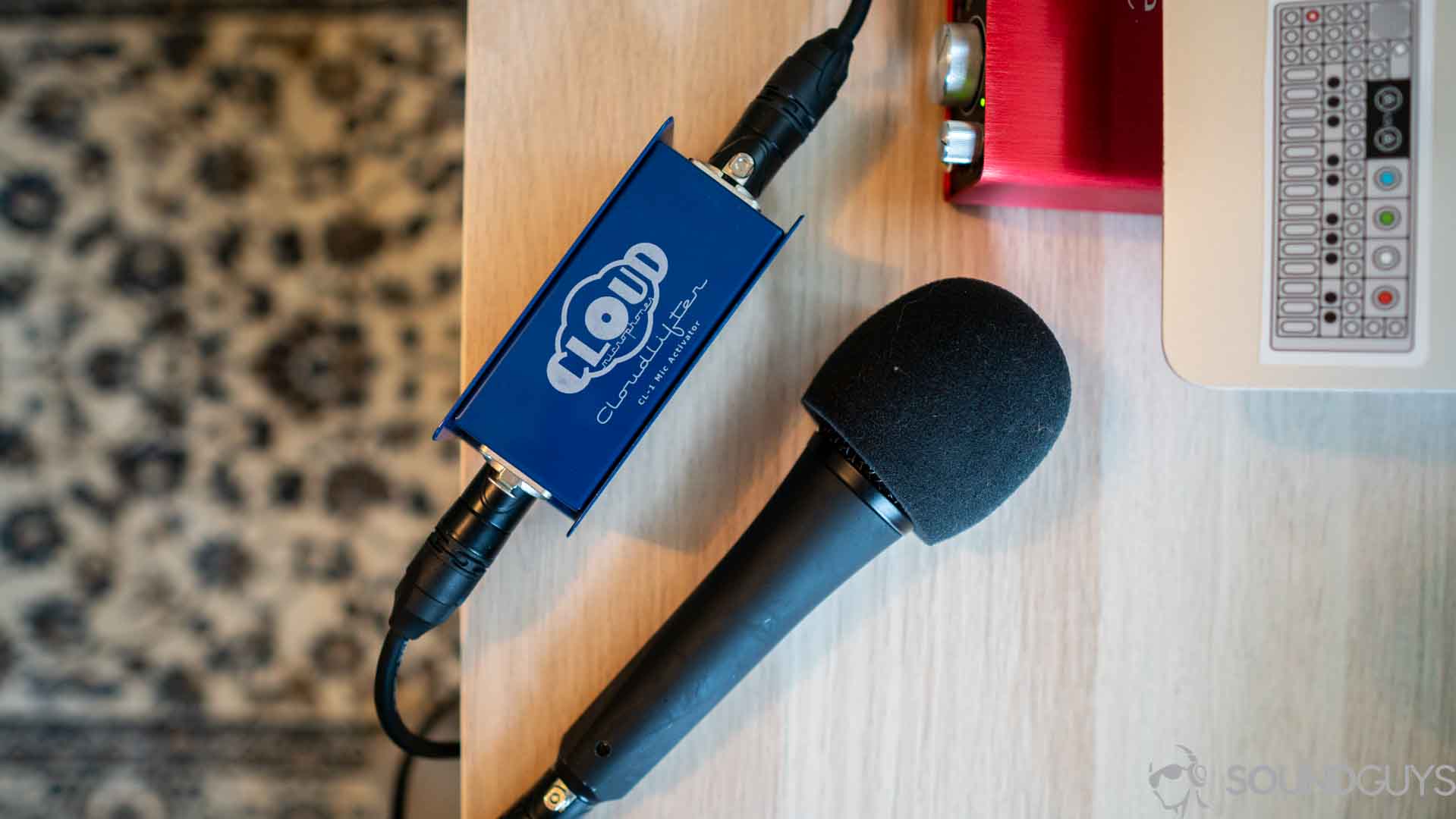
For low sensitivity dynamic mics like the Telefunken M80 or the popular Shure SM7B, you also might want to look into a trusty little device called the CL-1 Cloudlifter. This can be helpful if your recording device doesn’t have enough gain to get a good recording level, since it boosts the audio signal before it reaches your interface to be recorded.
Now that you know the important aspects of what to look for in a microphone, it’s going to be much easier to figure out which is the right one for you. Of course, USB microphones require nothing but a computer, so that’s still a good option.
What if you work from home and need a mic?
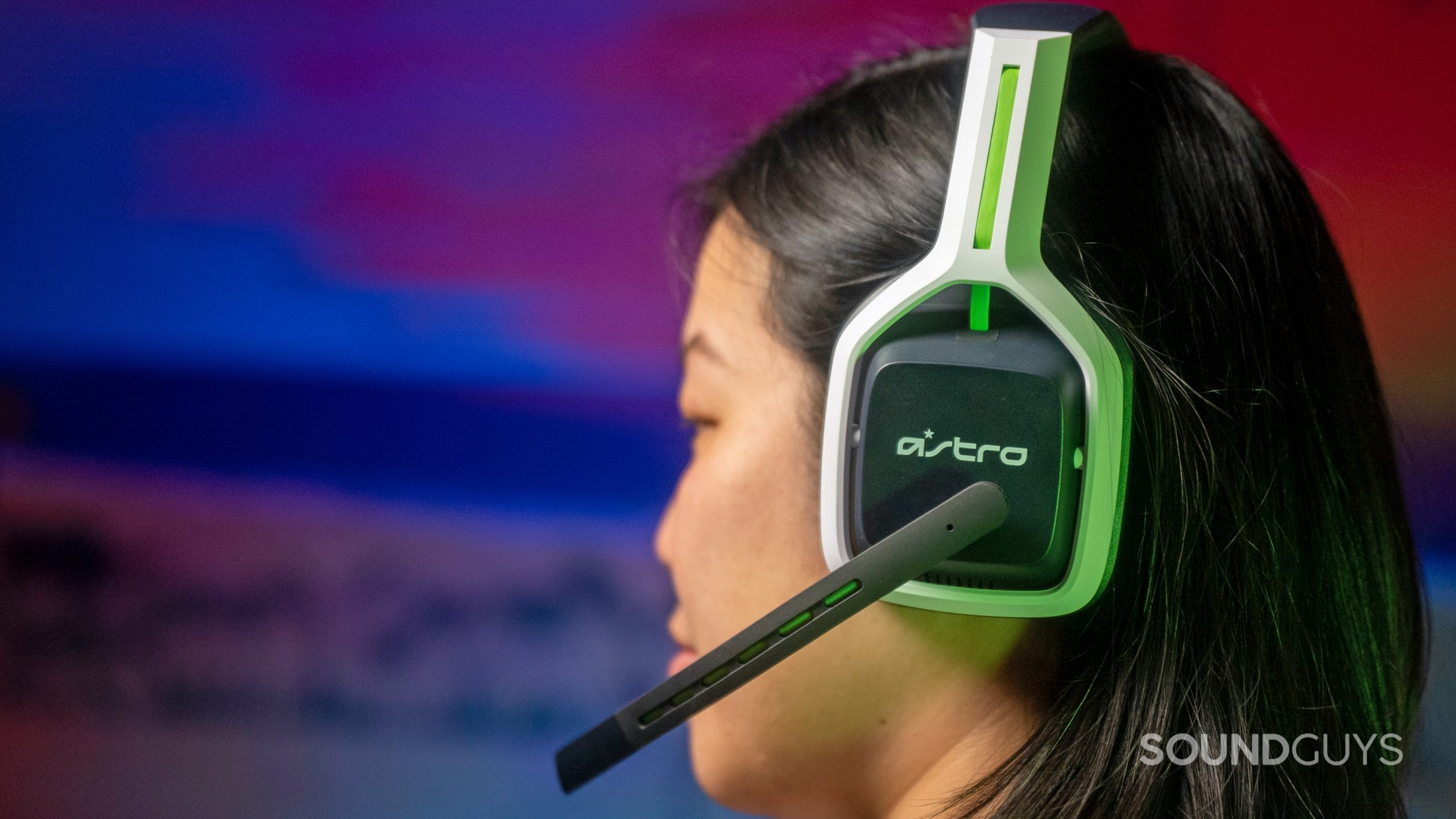
Due to the increase in remote working, there’s an increased market for audio recording devices: remote workers who want to sound better over conference calls like Zoom. You may have noticed that the microphone built into your laptop sounds pretty rough. Video and voice chat apps will compress your audio data as it moves across the series of tubes that is the internet, so XLR recording mics like the ones we’ve been discussing are likely overkill. If you’re looking for something that will strike the right balance of ease of use and noticeable improvement, the USB microphones we mentioned are probably the best option. If even that is a little daunting to you, even a decent gaming headset will make a big difference.
Frequently asked questions about What to look for in a microphone
For short cable lengths, the effect the quality of a cable has on your audio is very negligible (more likely, imperceptible). And with USB microphones, because the signal is just a stream of digital data, rather than analog information, so it really doesn’t matter so long as the cable is compatible.
Unless you opt for a USB microphone, chances are you’re going to need an audio interface, as most microphones come with an analog (XLR) connection. To record anything digitally into a computer, you’re going to need an interface that you can connect to your computer. Most provide the phantom power needed for condenser microphones.
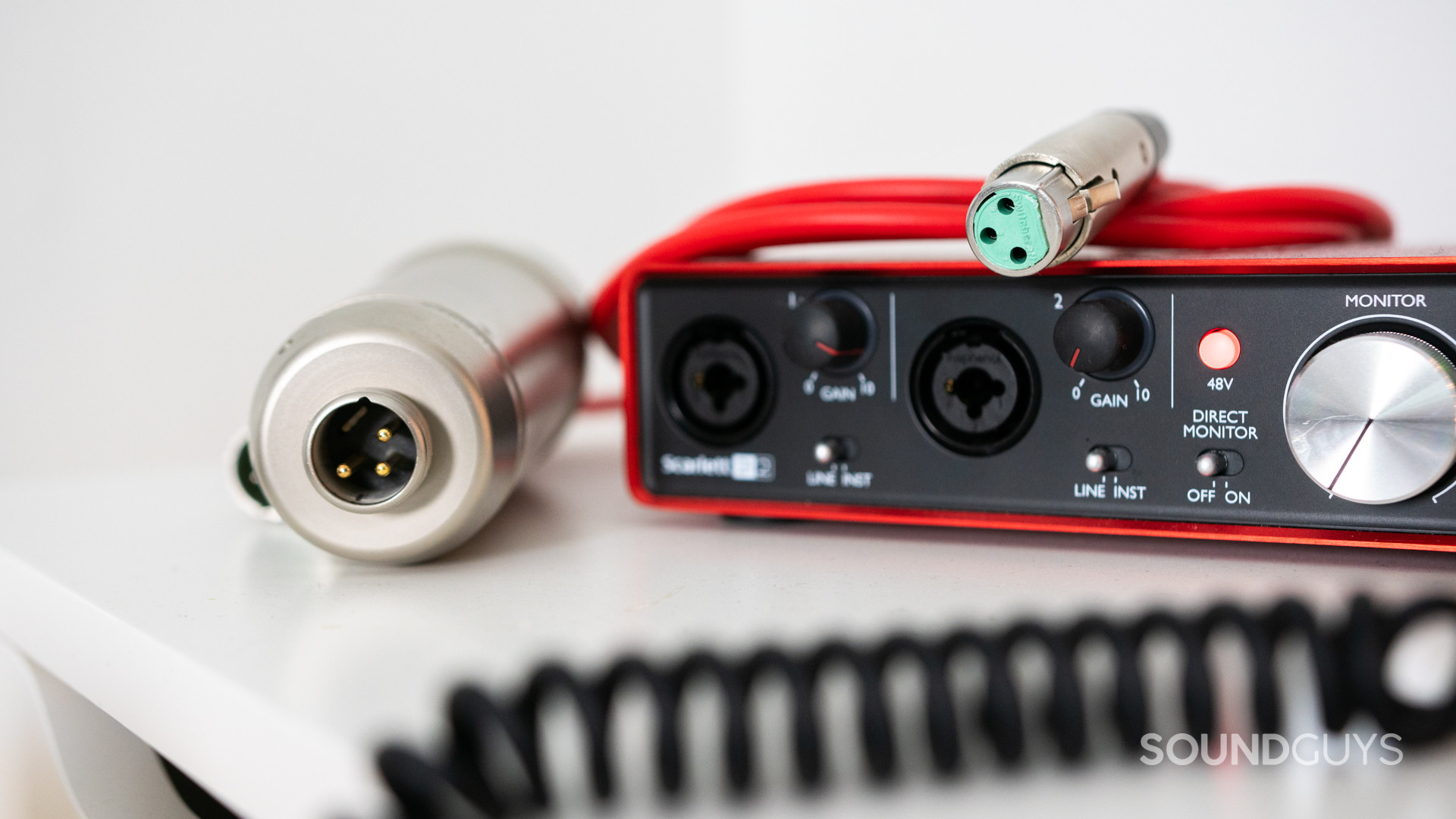
The Focusrite Scarlett 2i2 ($248 at Amazon) is a basic audio interface that won’t break the bank, and should work with most microphones, although some may find that input gain is lacking for low sensitivity microphones. Alternatively. if you’re going to be recording on location, you might want to look into a portable recorder that accepts XLR inputs.
Thank you for being part of our community. Read our Comment Policy before posting.